
How to Swing a Golf Club
: A Simple Guide
Here's a quick overview of how to swing a golf club properly:
-
Set up correctly:
- Stand with feet shoulder-width apart
- Grip the club firmly but not too tight
- Position the ball based on the club you're using
-
Execute the swing:
- Backswing: Rotate shoulders, hinge wrists
- Downswing: Shift weight, turn hips
- Impact: Keep clubface square, hit ball before ground
- Follow-through: Extend arms, finish balanced
-
Common problems and fixes:
- Slice: Adjust grip, aim correctly
- Hook: Neutralize grip, keep clubface straight
- Poor contact: Check ball position, focus on smooth swing
| Swing Phase | Key Points |
|---|---|
| Pre-swing | Posture, grip, stance |
| Backswing | Rotation, arm position |
| Downswing | Weight shift, hip turn |
| Follow-through | Balance, finish position |
Practice regularly, focusing on rhythm and balance. Remember, a good golf swing combines proper technique with smooth, controlled movement.
Related video from YouTube
Basics of Golf Swing
Let's look at the key parts of a good golf swing.
Correct Stance
A good stance helps you balance and hit the ball well:
Foot Position
- Stand with feet shoulder-width apart
- Put front foot slightly ahead of the ball
Weight Balance
- Keep weight on the balls of your feet
- This helps you turn and hit better
Body Position
- Line up feet, hips, and shoulders with target
- This helps you aim the ball where you want it to go
Grip Method
How you hold the club matters:
Grip Types
| Type | How to Do It | Good For |
|---|---|---|
| Interlocking | Link index finger and pinky | Small hands |
| Overlapping | Rest pinky between index and middle finger | Most players |
| Baseball | All fingers on club | Beginners |
Pick the one that feels best for you.
Hand Placement
- Hold club in fingers, not palms
- For right-handed players:
- Left hand on top
- Right hand below
- You should see 2-3 knuckles on left hand
Grip Strength
- Hold firmly but not too tight
- Aim for 5-6 out of 10 in grip pressure
Body Position and Setup
Getting ready to swing:
Back Angle
- Bend from hips
- Keep spine straight
Knee Bend
- Slightly bend knees
- Helps you stay steady and move well
Ball Placement
Where to put the ball depends on the club:
| Club | Ball Position |
|---|---|
| Driver | Inside front heel |
| Woods and long irons | Bit forward of center |
| Mid-irons | Center |
| Short irons and wedges | Bit back of center |
This helps you hit the ball well with each club.
Golf Swing Steps
Let's break down the golf swing into simple steps.
Backswing
The backswing sets up your shot.
Starting the Swing
- Take the club back slowly
- Keep it low to the ground
- Use your core, shoulders, and arms
Turning Shoulders
- Rotate your shoulders
- Turn your hips half as much as your shoulders
Wrist Movement
- At hip height, start hinging your wrists
- Keep hinging as you finish the backswing
Top Position
| Body Part | Position |
|---|---|
| Left arm | Straight but not stiff |
| Hands | At 11 o'clock |
| Right elbow | Pointing down |
| Right hip, ankle, left lat | Should feel stretched |
Swing Change
This is the shift from backswing to downswing.
Shifting Weight
- Move weight from back foot to front foot
- Do this smoothly, not suddenly
Starting Downswing
- Begin with your hips
- Then upper body
- Finally, the club
Downswing
This is where you build power for your shot.
Hip Turn
- Turn hips towards the target
- Do this faster than in the backswing
Wrist Position
- Keep wrists cocked as long as you can
Nearing Impact
- Make sure clubface is square to target
- Shift weight to front foot
- Keep turning hips
Ball Contact
This is when you hit the ball.
Club Face Direction
- Keep clubface square to target line
Body at Impact
| Body Part | Position |
|---|---|
| Hips | Open to target |
| Weight | Mostly on front foot |
| Shoulders | Level |
| Head | Behind the ball |
Hitting the Ball
- For irons, hit ball before ground
Swing Finish
This is how you end your swing.
Arm Extension
- Stretch both arms fully after hitting
Body Turn
- Keep turning towards target
- Right shoulder should move down and through
End Position
| Body Part | Position |
|---|---|
| Weight | On front foot |
| Back heel | Raised |
| Body | Facing target |
| Hands | Behind head |
| Arms | Folded, relaxed |
Common Swing Problems and Fixes
Let's look at some common golf swing issues and how to fix them.
Slice
A slice is when the ball curves sharply from left to right for right-handed golfers.
Why It Happens
A slice often happens because:
- The clubface is open when you hit the ball
- You swing from outside to inside
- Your grip is too weak
- You're not lined up right
- Your posture is off
- Your hands and arms are too tight
How to Fix It
To fix a slice:
- Turn your left hand more to the left on the club
- Hold the club more in your fingers, not your palms
- Line up correctly, aiming at your target
- Loosen your hands and arms for a smoother swing
Hook
A hook is when the ball curves sharply from right to left for right-handed golfers.
Why It Happens
Hooks usually happen because:
- Your grip is too strong
- The clubface is closed when you hit the ball
- You swing from inside to outside
How to Fix It
To fix a hook:
- Adjust your grip to be more neutral
- Place your right hand correctly on the club
- Try to keep the clubface straight when you hit the ball
- Keep your swing speed even from start to finish
Poor Ball Contact
Bad ball contact can cause many problems and less distance.
Why It Happens
Poor ball contact often happens because:
- The ball isn't in the right spot
- You're swinging too hard
- Your swing timing is off
- Your swing lacks rhythm
How to Fix It
To hit the ball better:
| Problem | Fix |
|---|---|
| Wrong ball position | Place the ball correctly for each club |
| Swinging too hard | Focus on a smooth, controlled swing |
| Bad timing | Practice starting with hips, then upper body, then club |
| Lack of rhythm | Develop a routine before each shot |
sbb-itb-ea6abd0
Swing Practice Exercises
Here are some simple exercises to help you get better at swinging a golf club:
Alignment Practice
Good alignment helps you hit the ball where you want. Try this:
- Put two golf clubs on the ground, parallel to each other.
- Point one club at your target.
- Stand with your feet next to the other club.
- Make sure your feet, hips, and shoulders are in line with the clubs.
- Practice this setup before each swing.
For right-handed golfers, your body should be lined up left of the target, like train tracks.
Rhythm Practice
A smooth swing helps you hit the ball better. Here's how to practice:
- Stand like you're ready to golf, but don't hold a club.
- Put your hands on your shoulders.
- Do this three-step move:
- Turn your back to the target
- Move your weight to your left leg
- Turn your chest to face the target
Do this often to get used to how a good golf swing feels.
Balance Practice
Good balance helps you hit the ball well. Try this:
| Step | Action |
|---|---|
| 1 | Stand like you're ready to hit the ball with a middle-length club |
| 2 | When you swing back, lift your front foot a little |
| 3 | As you swing down, put your front foot back down |
| 4 | After you finish swinging, stand on your front foot for a few seconds |
This helps you move your weight the right way and stay steady when you swing.
Tips for Better Swings
To improve your golf swing, practice often and pay attention to details. Here are some key tips:
Create a Pre-shot Routine
A pre-shot routine helps you get ready mentally and physically. It can make your swings more consistent. Try this routine:
| Step | Action |
|---|---|
| 1 | Picture your shot |
| 2 | Take a few practice swings |
| 3 | Check your aim |
| 4 | Take a deep breath to relax |
Doing the same routine before each shot helps build muscle memory and reduces stress.
Work on Swing Timing
Good timing makes your swing look smooth. To improve your timing:
- Do the "Turn – Shift – Turn" drill: Stand like you're ready to golf, hands on shoulders. Turn your back to the target, move weight to your left leg, then turn to face the target.
- Take your time on the backswing. Pause briefly at the top before starting down.
- Start your downswing with your lower body, then upper body, then club.
Remember, rushing your swing often leads to poor hits.
Practice Regularly
Regular practice helps you get better. Focus on different parts of your swing:
| What to Practice | How to Do It | Why It Helps |
|---|---|---|
| Aim | Use golf clubs on the ground to line up | Helps you hit straighter |
| Rhythm | Do the "Turn – Shift – Turn" drill without a club | Makes your swing smoother |
| Balance | Lift your front foot a bit during backswing | Helps you move your weight right |
Conclusion
Key Points Review
To swing a golf club well, focus on these main parts:
| Part | What to Do |
|---|---|
| Grip | Hold firmly in fingers, not too tight |
| Setup | Line up right, put ball in correct spot |
| Posture | Stand with straight back, slightly bent knees |
| Swing | Move smoothly, time it right |
| Wrists | Keep in right position during swing |
| Weight | Shift properly as you swing |
These basics help you hit the ball better and more often. Work on them to improve your golf game.
Keep Practicing
To get better at golf, practice a lot and be patient. Here are some tips:
- Do the same things before each shot to be more consistent
- Work on one part of your swing at a time when you practice
- Use clubs or other tools to help you line up right
- Practice your swing without hitting a ball to focus on how you move
- Take videos of your swing to see what you need to fix
FAQs
What are the steps of a golf swing?
The golf swing has three main parts:
1. Backswing
- Move hands back, close to back leg
- Bend wrists as arm goes up
- Turn body, let club go behind hands at top
2. Downswing
- Start by moving weight and turning hips
- Let arms drop as body turns
3. Hit and Finish
- Hit the ball, keep club straight
- Keep swinging, stretch arms out
- Turn body to end up balanced
Here's a table to sum up the key points:
| Swing Part | Main Actions |
|---|---|
| Backswing | - Hands back - Wrists bend - Body turns |
| Downswing | - Move weight - Turn hips - Arms drop |
| Hit and Finish | - Hit ball - Stretch arms - End balanced |

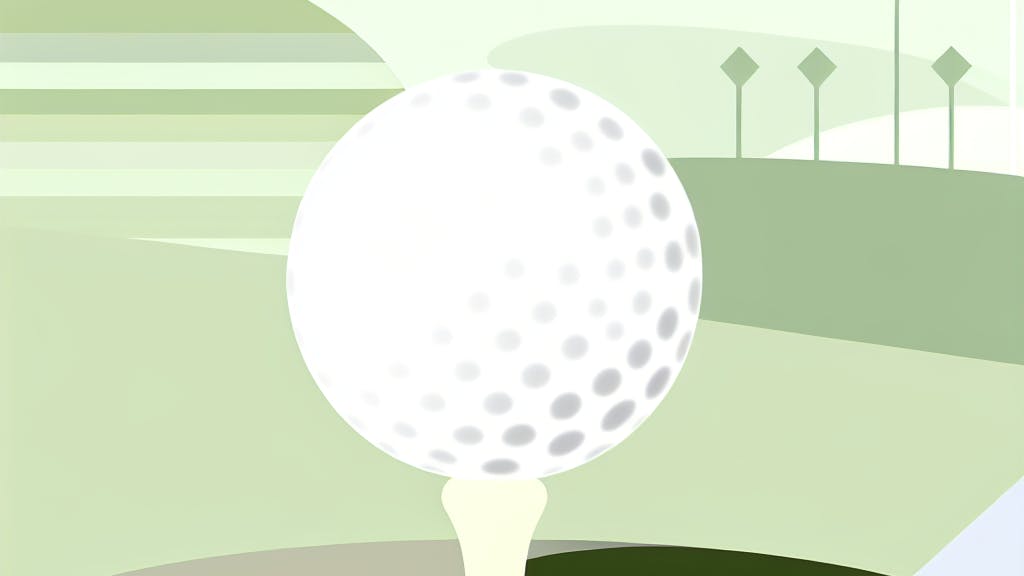

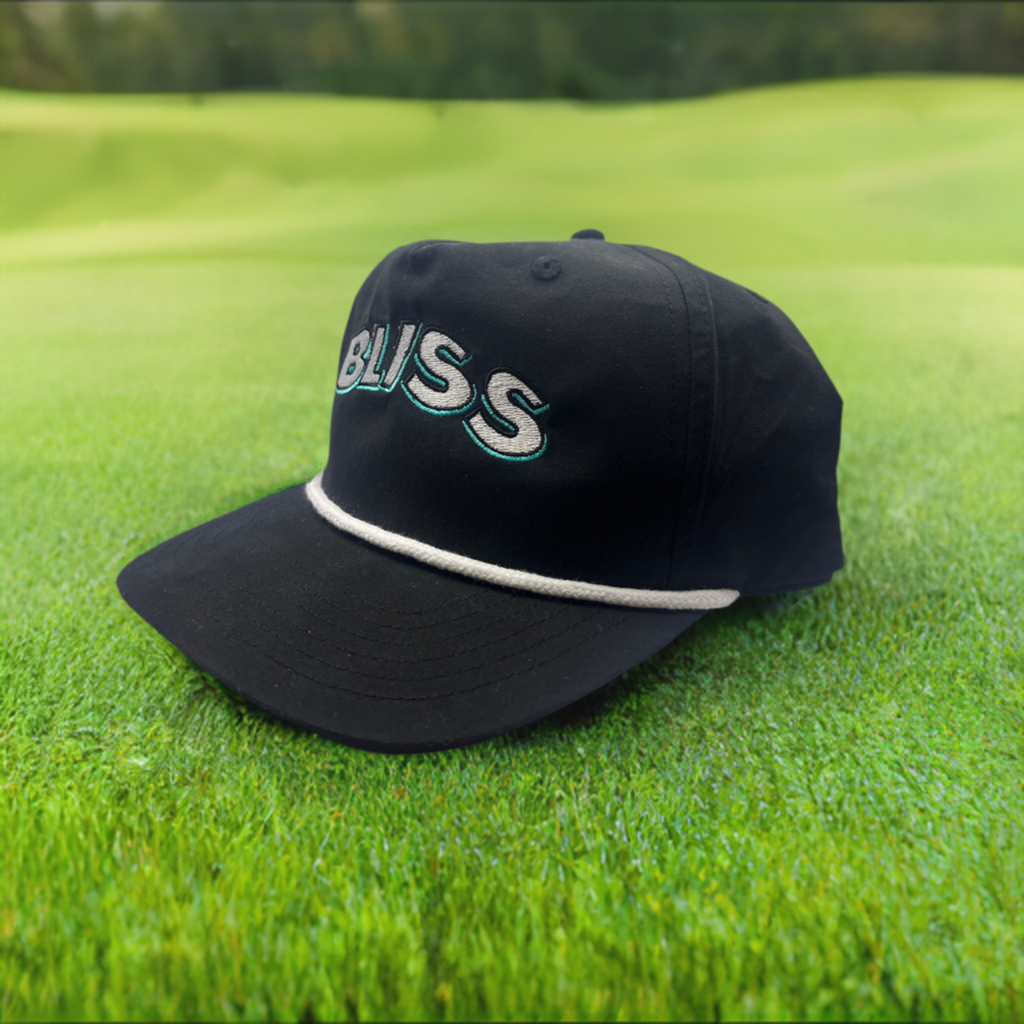
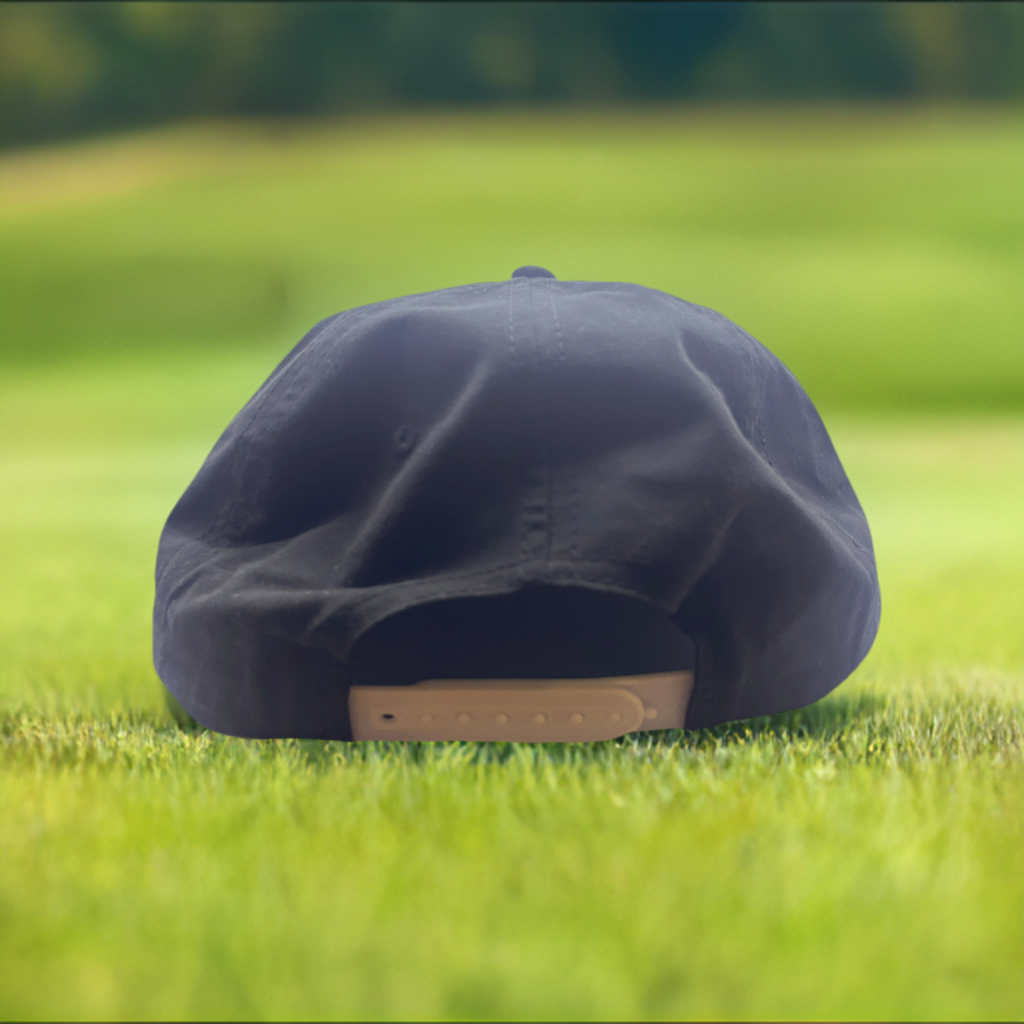
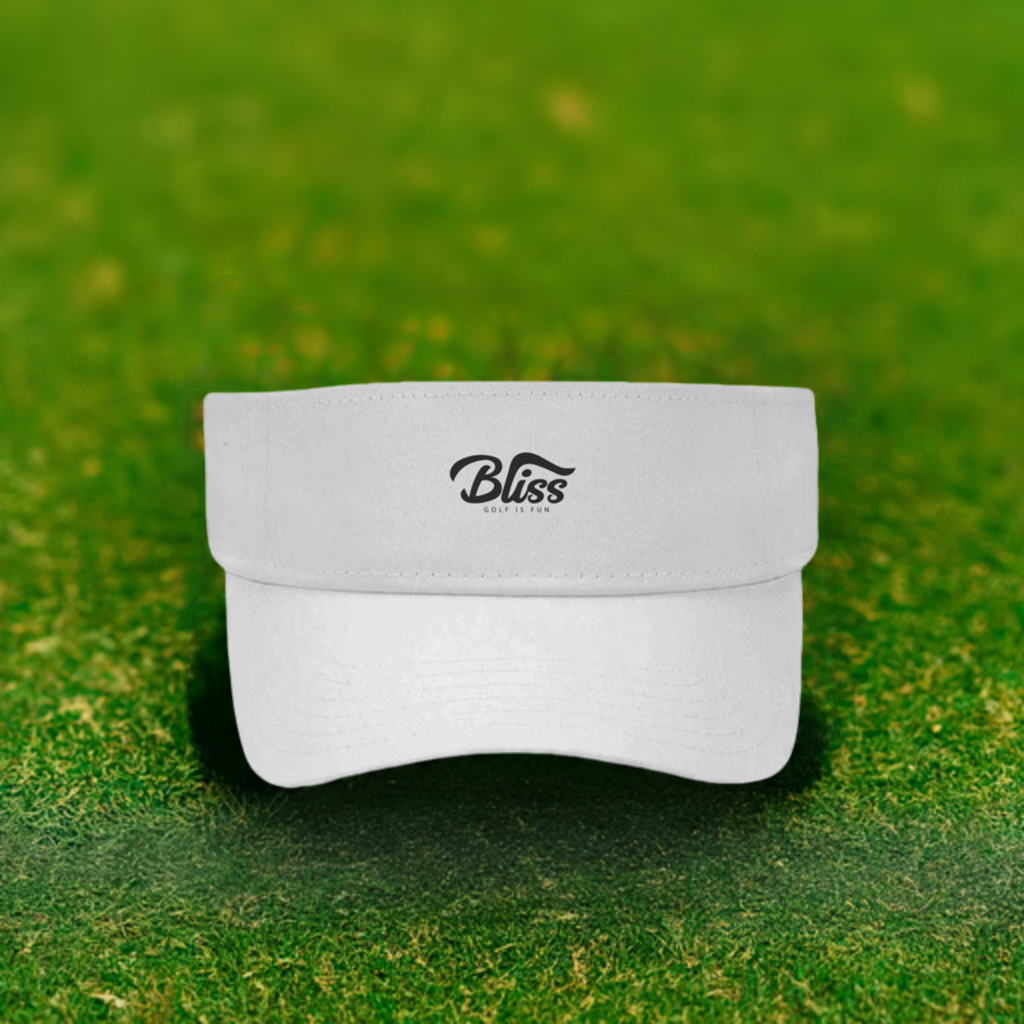

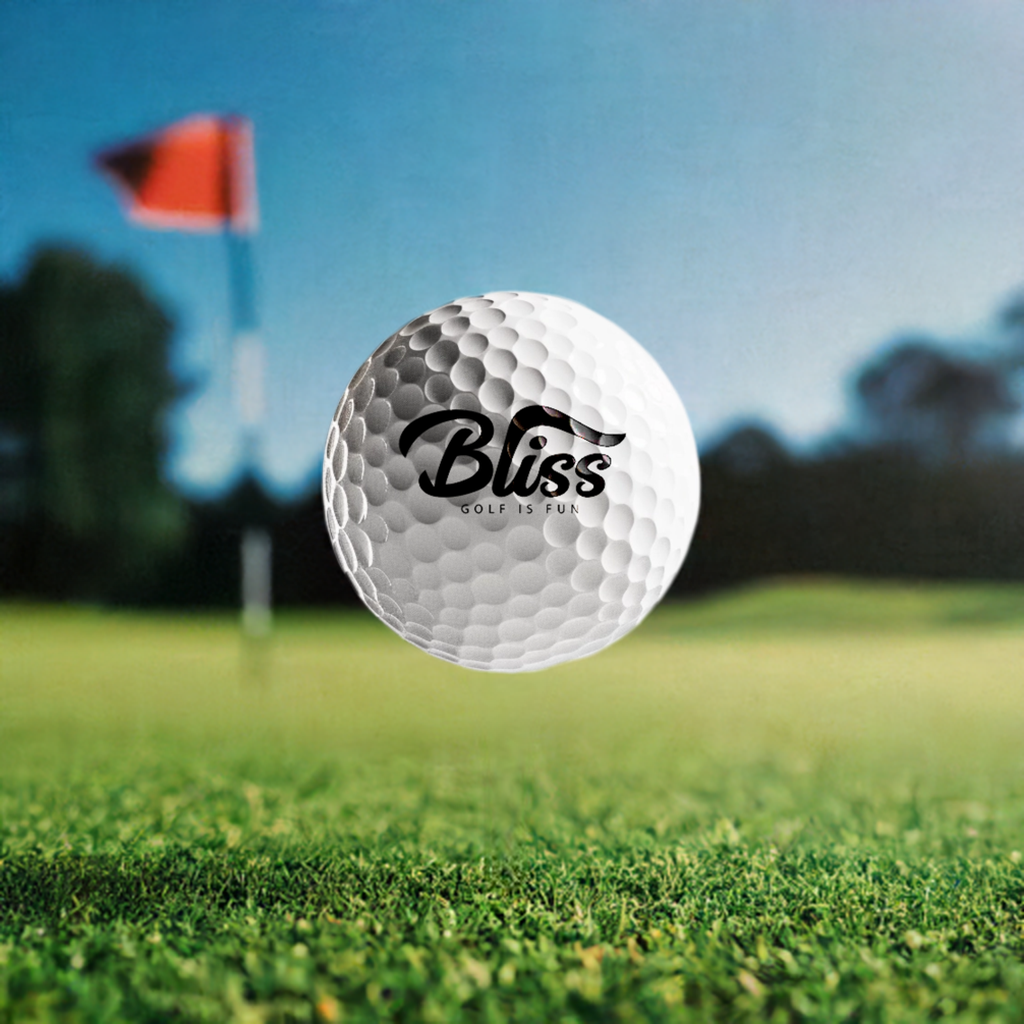
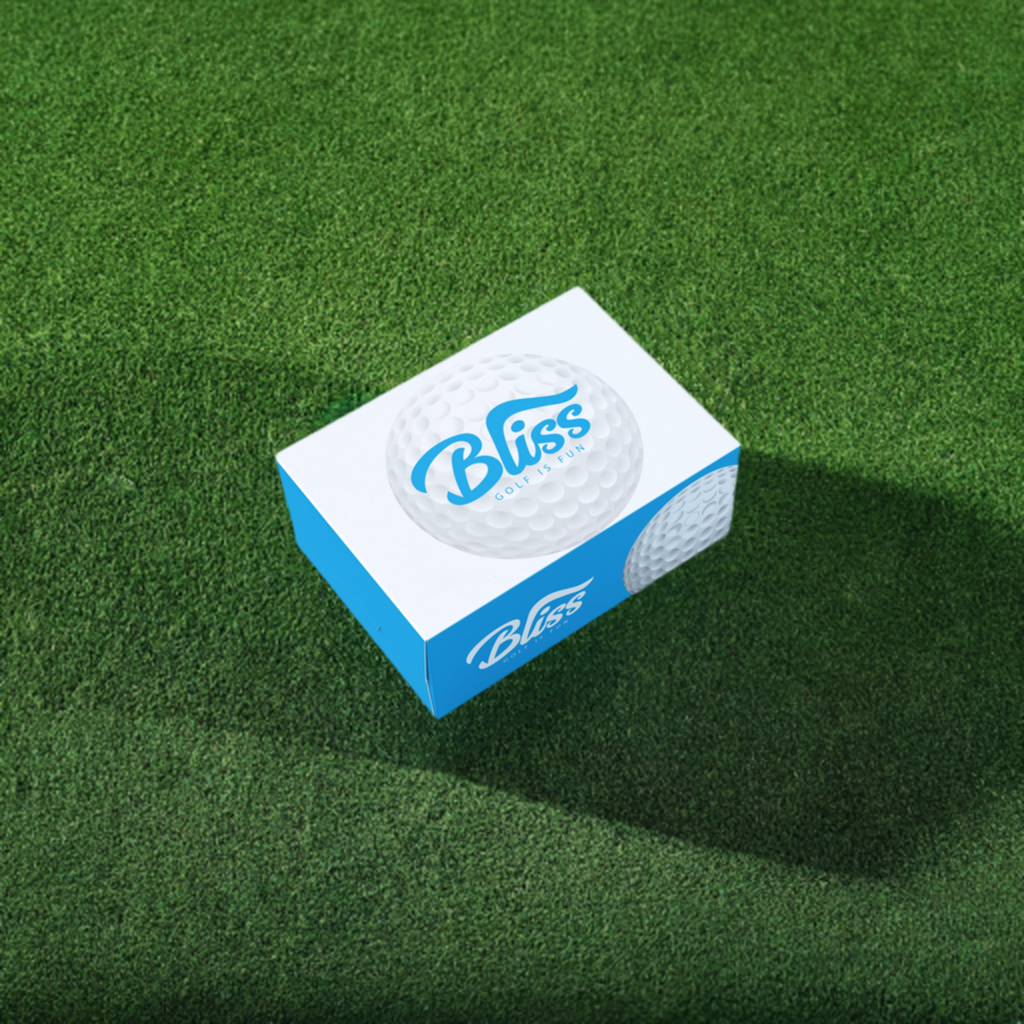


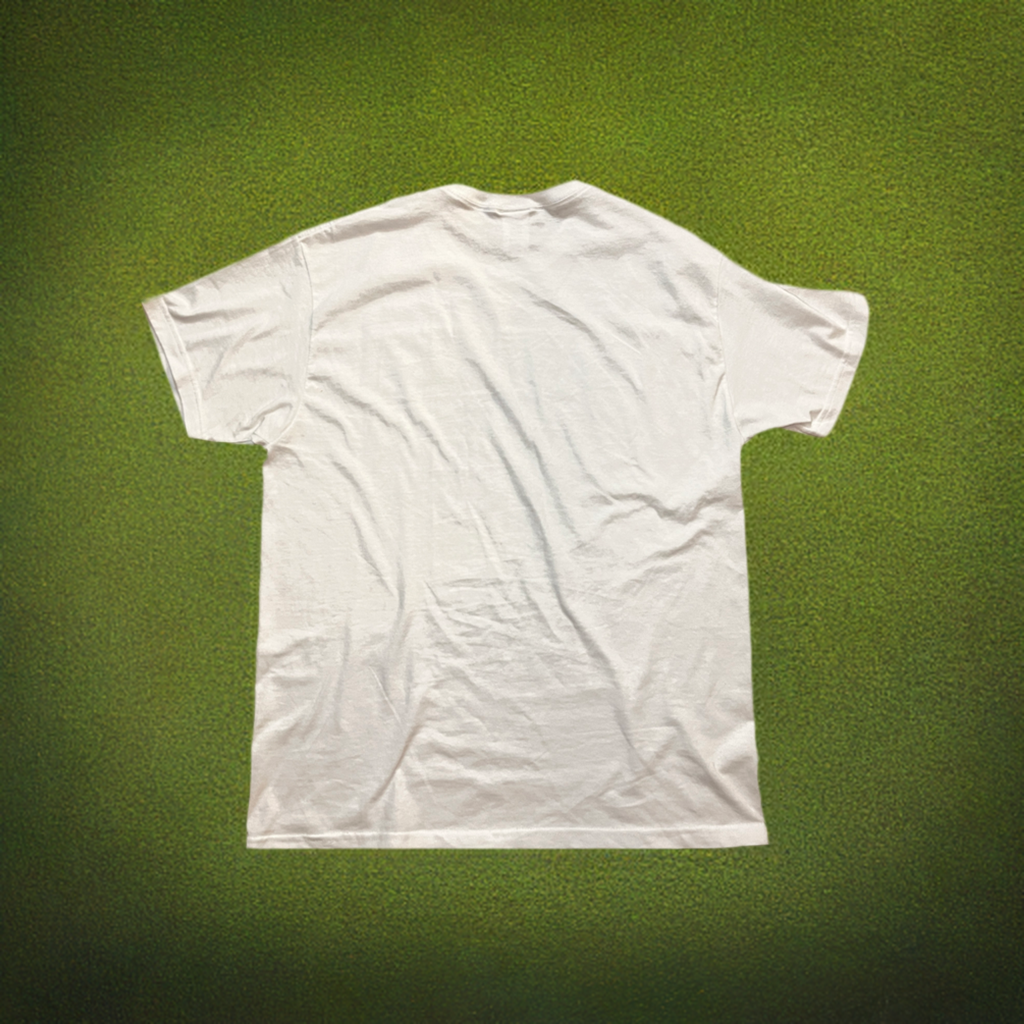

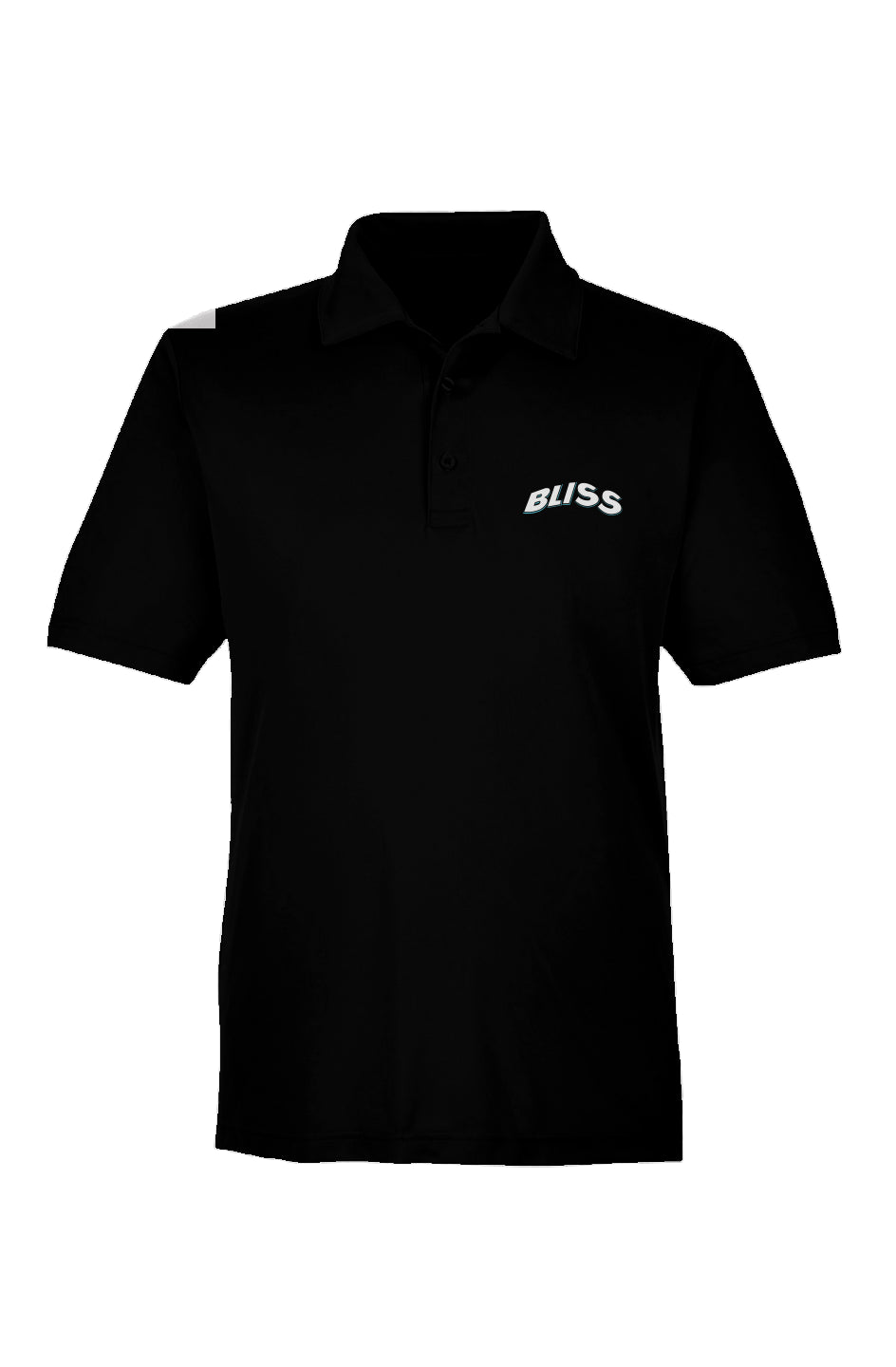

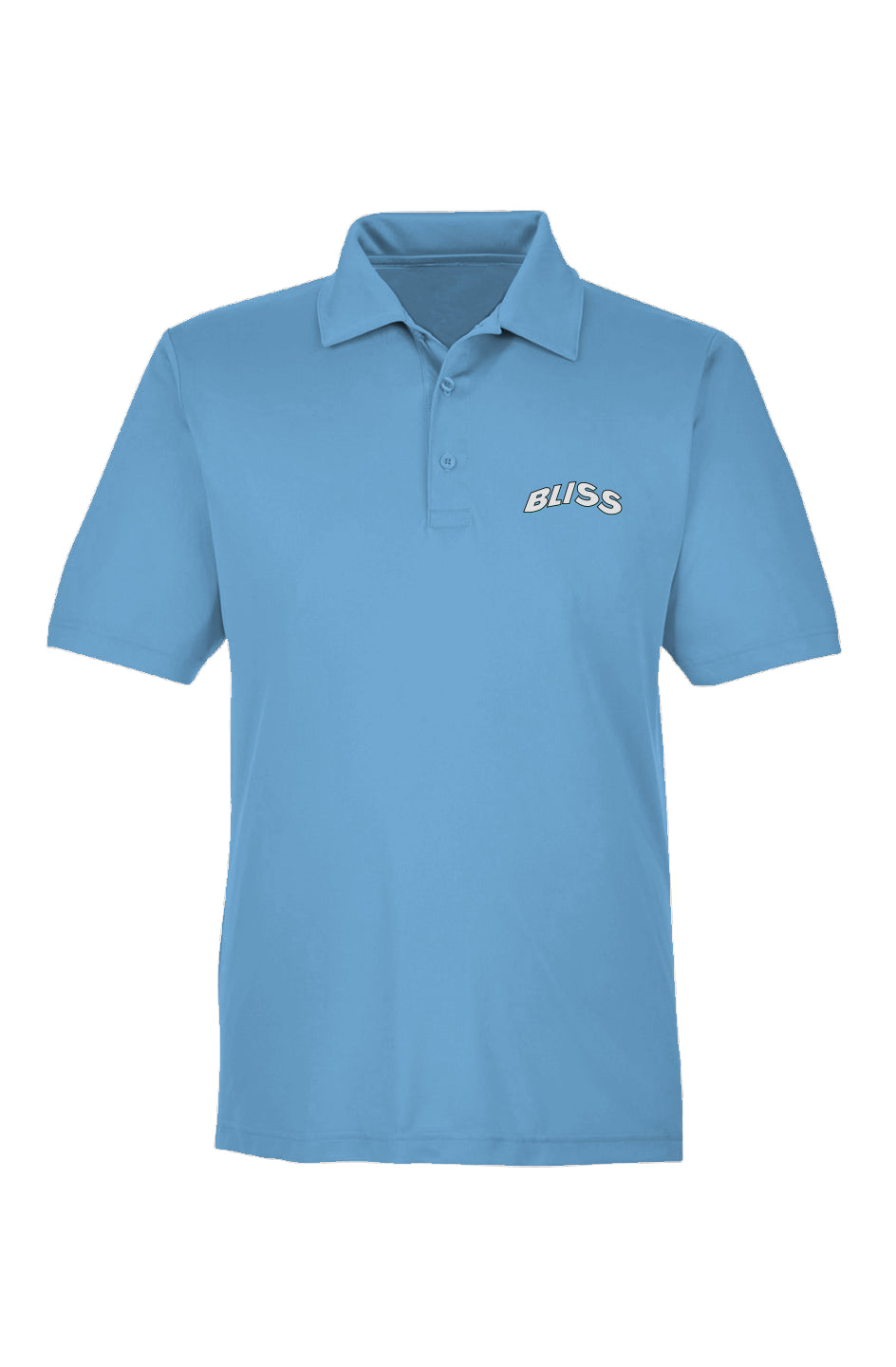
Leave a comment
This site is protected by hCaptcha and the hCaptcha Privacy Policy and Terms of Service apply.